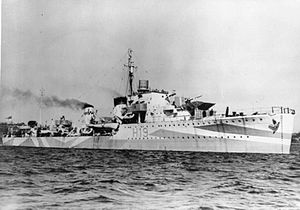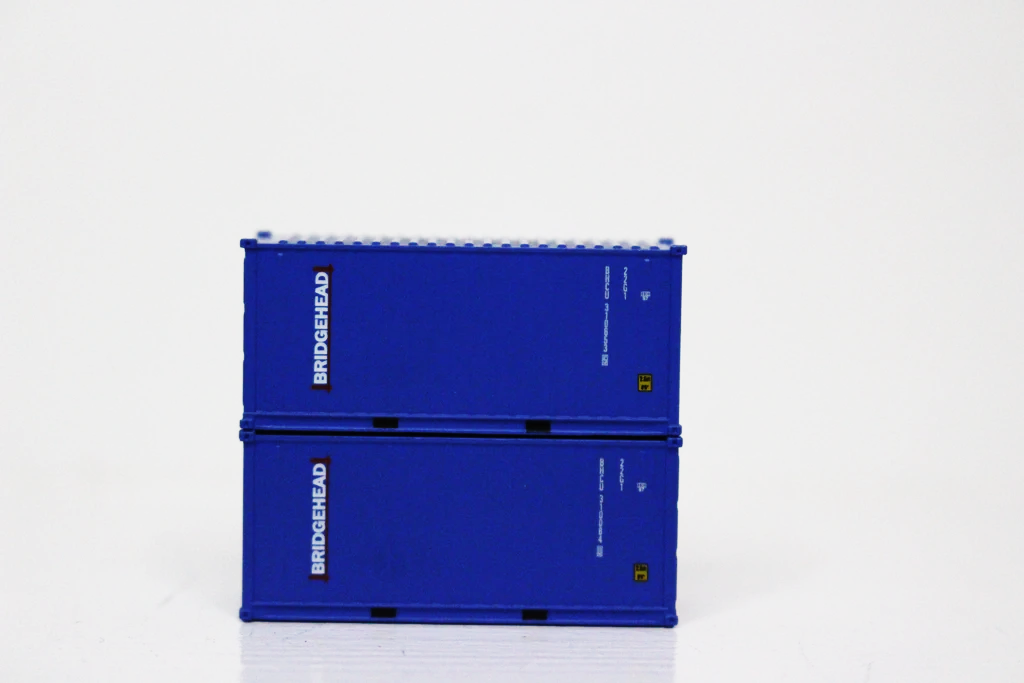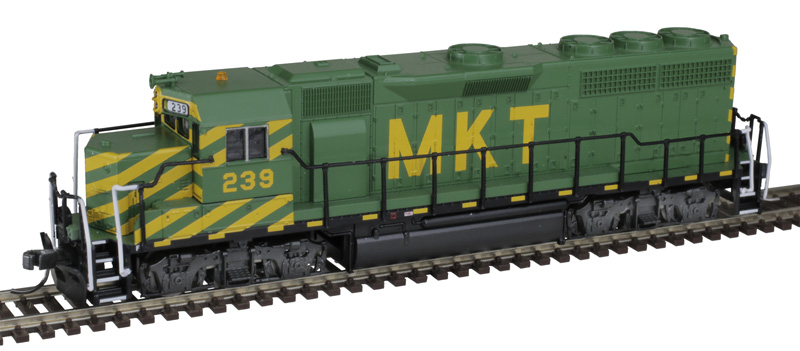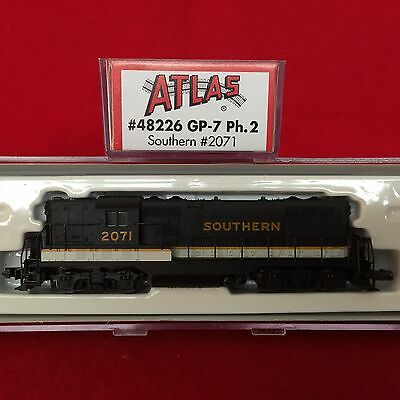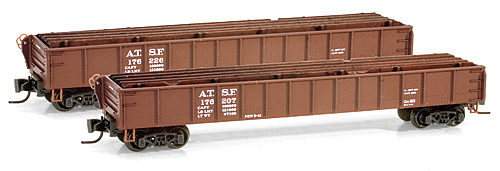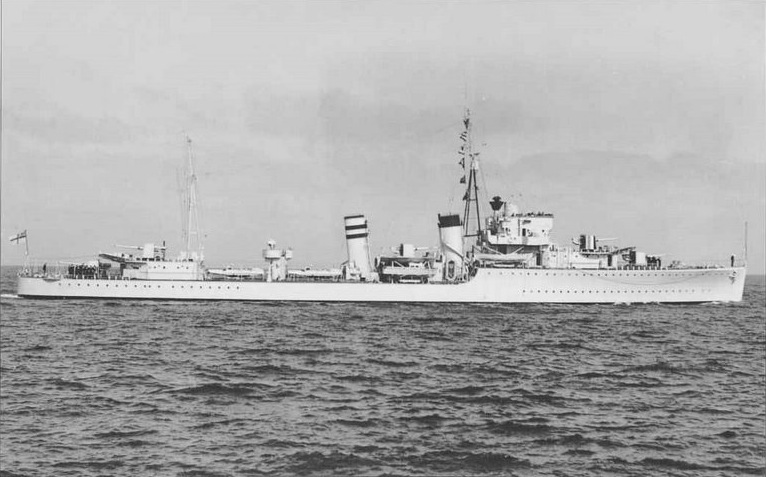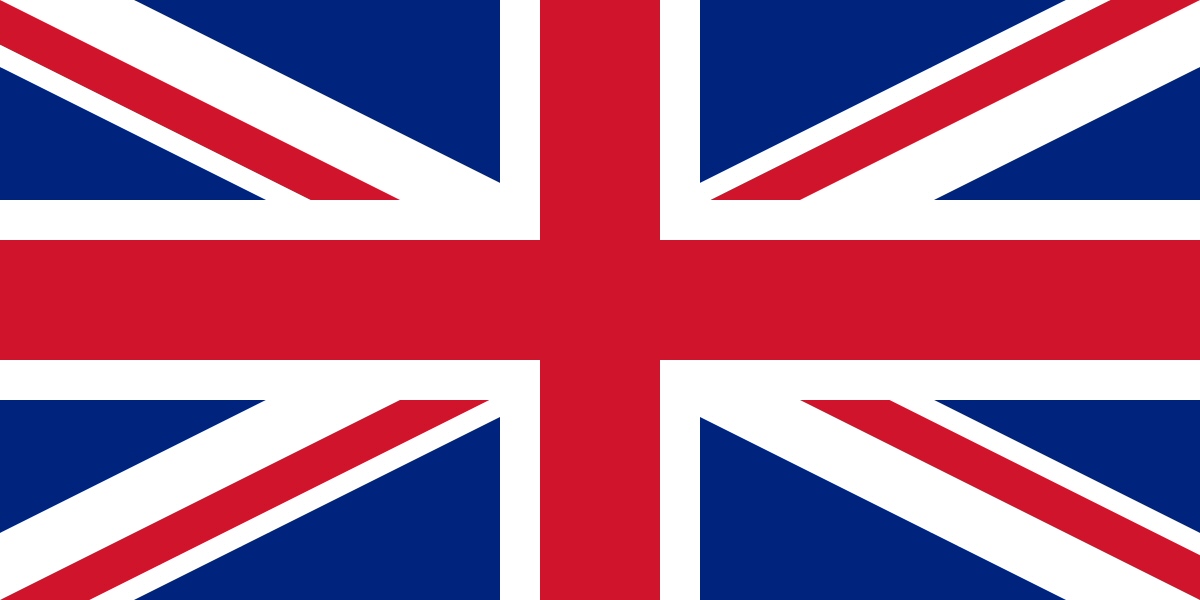HMS Harvester
| Name | HMS Harvester |
| Nationality | United Kingdom (Details) |
| Pennant/Designation | H19 |
| Period | World War II |
| Type | Destroyer |
| Warship Class | G-H-I Class (Details) |
| Year Launched | 1939 |
| Year Commisioned | 1940 |
| Last Year Active | 1943 |
| Status | Sunk |
| Source of Text | Wikipedia |
| Credit Link | Link |
History:
HMS Harvester was an H-class destroyer originally ordered by the Brazilian Navy with the name Jurua in the late 1930s, but bought by the Royal Navy after the beginning of World War II in September 1939. Almost immediately after being commissioned, in May 1940, the ship began evacuating Allied troops from Dunkirk and other locations in France. Afterwards she was assigned to the Western Approaches Command for convoy escort duties. Harvester and another destroyer sank a German submarine in October. She was briefly assigned to Force H in May 1941, but her anti-aircraft armament was deemed too weak and she was transferred to the Newfoundland Escort Force in June 1941 for escort duties in the North Atlantic. The ship was returned to the Western Approaches Command in October 1941 and was converted to an escort destroyer in early 1942. Harvester was torpedoed and sunk in March 1943 by a German submarine after having rammed and sunk another submarine the previous day while escorting Convoy HX 228.
Class:
The G- and H-class destroyers were a group of 18 destroyers built for the Royal Navy during the 1930s. Six additional ships being built for the Brazilian Navy when World War II began in 1939 were purchased by the British and named the Havant class. The design was a major export success with other ships built for the Argentine and Royal Hellenic Navies. They were assigned to the Mediterranean Fleet upon completion and enforced the Non-Intervention Agreement during the Spanish Civil War of 1936–39.
Most ships were recalled home or were sent to the North Atlantic from October–November 1939, after it became clear that Fascist Italy was not going to intervene in World War II. Then they began to escort convoys and patrol for German submarines and commerce raiders. Two ships were lost to German mines in the first six months of the war. Three more were lost during the Norwegian Campaign, one in combat with a German cruiser and two during the First Battle of Narvik in April 1940. The Battle of France was the next test for the destroyers from May–June, with many of the Gs and Havants participating in the evacuation of Dunkirk and the subsequent evacuations of Allied troops from western France. Three ships were sunk, two by bombs and the other to torpedoes. Most of the H-class ships were sent to the Mediterranean in May in case Mussolini decided to attack France and the majority of the surviving Gs were sent to Force H at Gibraltar in July. Several of them participated in the Battle of Dakar, before being assigned to the Mediterranean Fleet with their sister ships. By the end of the year, the ships participated in several battles with the Royal Italian Navy, losing two to Italian mines and torpedoes, while sinking two Italian submarines. The Havants spent most of the war in the North Atlantic on convoy escort duties, losing half their number to German submarines, while helping to sink six in exchange by the end of the war.
Most ships were recalled home or were sent to the North Atlantic from October–November 1939, after it became clear that Fascist Italy was not going to intervene in World War II. Then they began to escort convoys and patrol for German submarines and commerce raiders. Two ships were lost to German mines in the first six months of the war. Three more were lost during the Norwegian Campaign, one in combat with a German cruiser and two during the First Battle of Narvik in April 1940. The Battle of France was the next test for the destroyers from May–June, with many of the Gs and Havants participating in the evacuation of Dunkirk and the subsequent evacuations of Allied troops from western France. Three ships were sunk, two by bombs and the other to torpedoes. Most of the H-class ships were sent to the Mediterranean in May in case Mussolini decided to attack France and the majority of the surviving Gs were sent to Force H at Gibraltar in July. Several of them participated in the Battle of Dakar, before being assigned to the Mediterranean Fleet with their sister ships. By the end of the year, the ships participated in several battles with the Royal Italian Navy, losing two to Italian mines and torpedoes, while sinking two Italian submarines. The Havants spent most of the war in the North Atlantic on convoy escort duties, losing half their number to German submarines, while helping to sink six in exchange by the end of the war.
Nationality:
The United Kingdom, made up of England, Scotland, Wales and Northern Ireland, is an island nation in northwestern Europe. England – birthplace of Shakespeare and The Beatles – is home to the capital, London, a globally influential centre of finance and culture. England is also site of Neolithic Stonehenge, Bath’s Roman spa and centuries-old universities at Oxford and Cambridge.
Item Links:
We found: 1 different collections associated with
HMS Harvester - Destroyer
- Collection Plastic Model Vehicles: 1 different items
Item created by: gdm
on 2019-07-31 16:04:16
If you see errors or missing data in this entry, please feel free to log in and edit it. Anyone with a Gmail account can log in instantly.
If you see errors or missing data in this entry, please feel free to log in and edit it. Anyone with a Gmail account can log in instantly.


